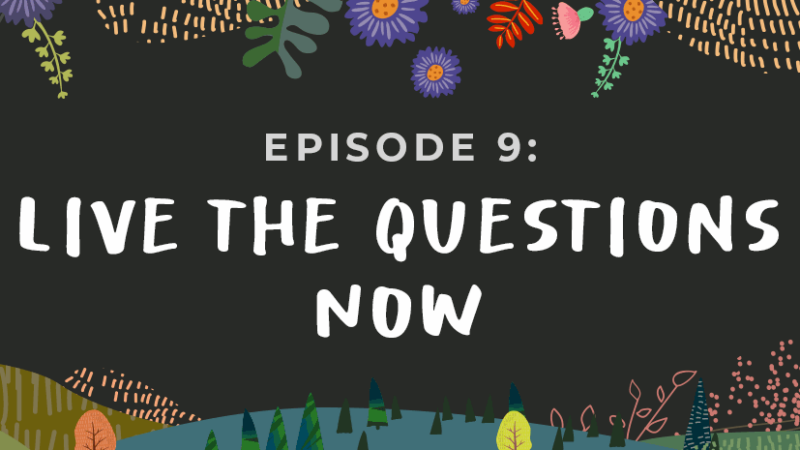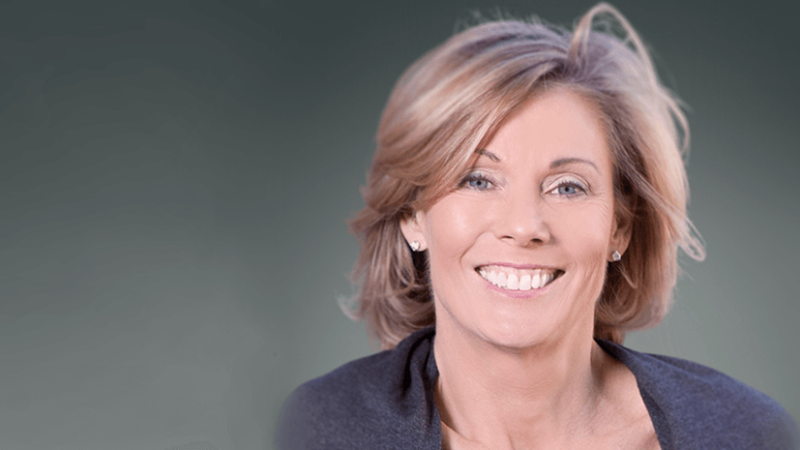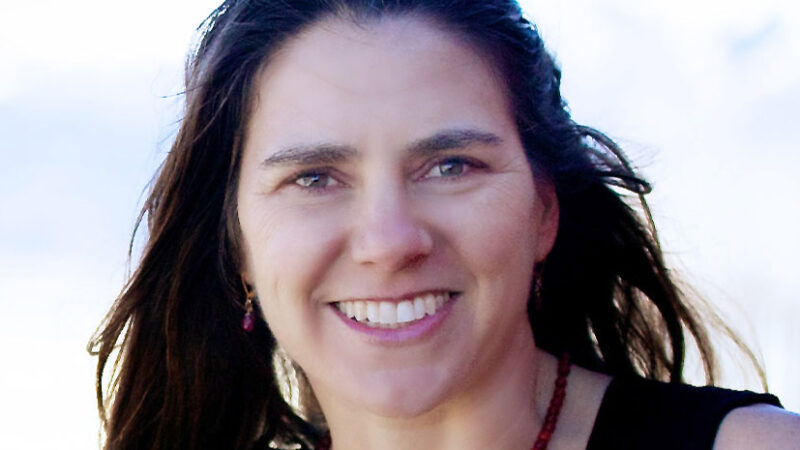The Heart Center Meditation
One of the most important aspects of awakening, says Dr. Ann Marie Chiasson, is the opening of the heart. The heart is a floodgate which, when open, enables the world’s great mystical teachings and realizations to pour through.
Here, Ann Marie guides you through a short, heart-centering meditation, which you can practice daily, or anytime you wish to access the mystery and intelligence that is your own heart.




